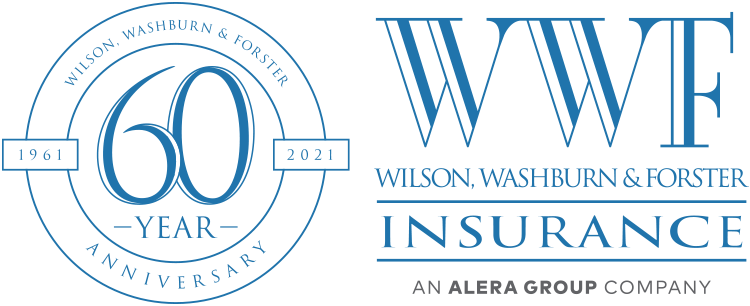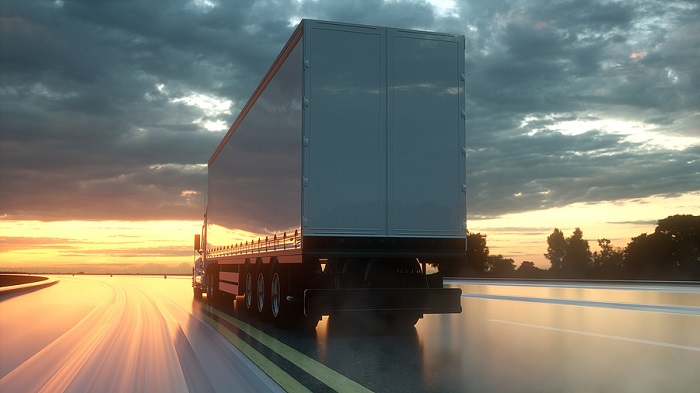Commercial insurance rates are up. According to MarketScout, property and casualty rates rose 7.1% in the fourth quarter of 2020. Commercial auto insurance rates were up 8.3%, but even higher rate increases were seen in umbrella and excess coverage lines, which rose 12.7%. These rising rates are part of an ongoing trend. The commercial auto insurance market is hardening, and businesses should start preparing now for their next policy renewal.
Claims Severity and Frequency Are Causing Issues
According to the Large Truck and Bus Crash Facts 2018, the most recent report from the Federal Motor Carrier Safety Administration, 5,096 large trucks and buses were involved in fatal crashes in 2018. This is a slight increase of 1% compared to the previous year, but it’s a 48% increase from the low of 3,432 reached in 2009.
Nonfatal crashes have increased as well. Between 2017 and 2018, the number of large trucks involved in injury crashes increased by 5%, and the number of large trucks involved in property damage only crashes increased by 14%.
At the same time, juries have been giving out larger and larger awards in cases involving commercial vehicles. Property Casualty 360 says that jury verdicts of more than $10 million are increasingly common. According to FreightWaves, a Florida jury may have broken records with a $411 million verdict. These large awards are often called nuclear verdicts, and the trend is making things difficult for both insurers and fleet managers.
New Technology Both Helps and Hurts
New technology should be making our roads safer. In a way, it is. Vehicle technology can help prevent crashes with features that include automatic emergency braking and lane keep assist. Telematics systems can monitor drivers for dangerous driving habits, fatigue and other problems that could result in a crash.
However, there are also downsides to technology. Many people don’t think it’s a coincidence that accident rates started to increase about the same time smartphones started to become ubiquitous. Technology can be very distracting, and when distractions and driving mix, the results can be disastrous.
Even new vehicle technology has a downside. When the technology succeeds in preventing a crash, everyone is happy. When a crash occurs in spite of sophisticated technology, however, repairs can be very pricy. According to Consumer Reports, basic bumper repair can run from $700 to $1,800, but sensor and camera replacement can add another $500 to $1,900, and recalibration can add $250 to $600 more on top of that.
Businesses Should Prepare for Rising Rates
When insurance policies come up for renewal, rate increases are likely. At the same time, obtaining robust coverage with high limits may be harder as insurance underwriters implement stricter criteria.
Fleet managers cannot reverse these trends, but they can take steps to position themselves well.
- Brace for rate increases and build this cost into the budget.
- Prepare early for your policy renewal. Reach out to your WWFINS agent early and allow time for us to search the market and shop many carriers on your behalf. Allow some extra time for us to help you find the right policy.
- Implement strong risk management practices and document your efforts. With the threat of nuclear verdicts, avoiding crashes is especially crucial.
- Follow these five steps to keep costs down.
Wilson, Washburn & Forster is a boutique independent insurance agency that has been in business since 1961. We are experienced in helping companies with fleets. You will find that our experience, claims handling, service, and community commitment is unrivaled. We can help you take control of your commercial auto insurance costs.
Contact us today for a complimentary analysis of your current insurance program by an insurance specialist in this field at 786-454-8384.








Leave a Reply